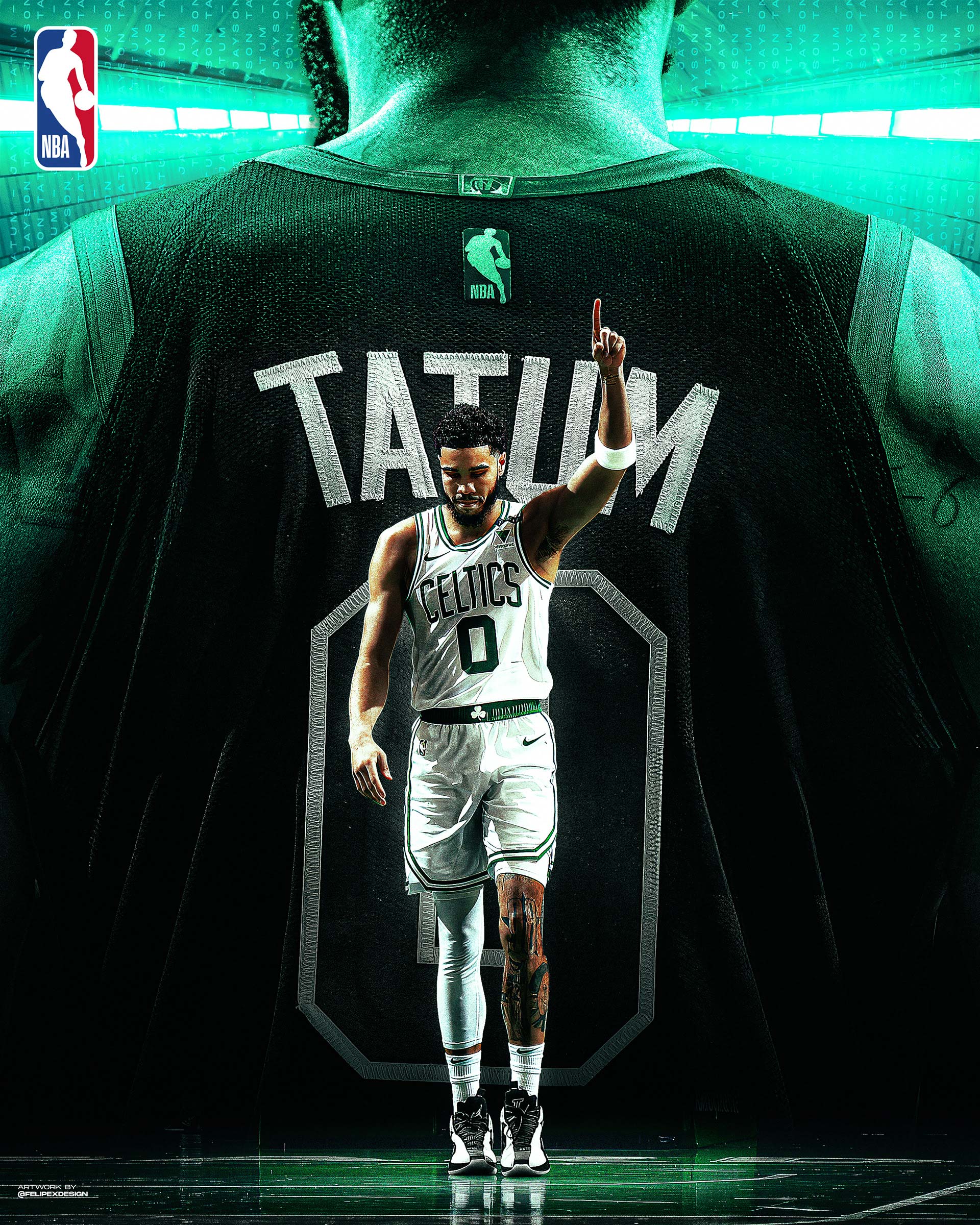Why did the Boston Celtics act with such swiftness, opting for surgery for Jayson Tatum so quickly after his devastating injury? The decision, made within a day of the incident, underscores the gravity of the situation and the Celtics' unwavering commitment to their star player's long-term health and recovery.
The basketball world watched in collective dismay as Jayson Tatum, the cornerstone of the Boston Celtics, was helped off the court during the fourth quarter of Game 4. The injury, later confirmed as a ruptured right Achilles tendon, sent shockwaves through the NBA. It was a brutal blow, not just to Tatum personally, but also to the Celtics' championship aspirations. This wasn't just any player; it was a player who had consistently elevated his game, leading the Celtics with poise and skill, and delivering clutch performances when the stakes were highest. The severity of the injury and the potential impact on his career were immediately apparent.
| Bio Data | Details |
|---|---|
| Full Name | Jayson Christopher Tatum |
| Date of Birth | March 3, 1998 |
| Place of Birth | St. Louis, Missouri, USA |
| Nationality | American |
| Height | 6 ft 8 in (2.03 m) |
| Weight | 210 lb (95 kg) |
| Position | Small Forward / Power Forward |
| College | Duke University |
| NBA Draft | 2017, 3rd overall (Boston Celtics) |
| Current Team | Boston Celtics |
| Major Achievements | NBA Champion (2024), Olympic Gold Medalist (2020, 2024) |
| Career Highlights | Multiple-time NBA All-Star, All-NBA First Team selection. |
| Playing Style | Versatile scorer known for his smooth shooting, improved playmaking, and defensive capabilities. |
Reference: Jayson Tatum - Wikipedia
Tatum's injury occurred during a crucial moment in the game. He had been dominating, scoring a game-high 42 points, tying Celtics legends Larry Bird and John Havlicek for the most 40-point postseason games in franchise history. His performance that night underscored his importance to the team and the magnitude of his loss. He also contributed eight rebounds, four assists, four steals, and two blocks before the unfortunate incident. This remarkable display of skill highlighted the type of player Tatum is, and the type of player the Celtics would sorely miss.
The decision to proceed with surgery within 24 hours reflects the urgency surrounding the injury. Timing is often critical with Achilles tendon ruptures, as prompt intervention can potentially improve the recovery timeline and long-term outcomes. The team likely consulted with leading medical experts, weighing the benefits of immediate surgical repair against the potential risks of delaying the procedure. The Celtics, a franchise known for its meticulous approach to player health, undoubtedly considered all factors before making this critical decision. The goal was to ensure the best possible outcome for Tatum's recovery, balancing the need to address the injury promptly with the long-term implications for his career.
An eight-year veteran, Tatum won his first NBA title last year when he led Boston to its 18th championship. Players and coaches on both sides expressed their concern for Tatum, who was hurt in Game 1 of the opening round against Orlando when he was fouled on a dunk attempt and landed awkwardly, remaining on the court briefly before getting up holding his right wrist. This moment was a stark reminder of the physical toll basketball takes and the unpredictability of the sport. The sight of Tatum being helped off the court in such visible pain was a gut punch to the Celtics' faithful, and a clear indication of the challenges that lie ahead.
There's an uneven history for players coming back from this type of injury. The recovery process from a ruptured Achilles tendon is typically lengthy and arduous. It involves surgery, extensive rehabilitation, and a gradual return to activity. The specific timeline for Tatum's return would depend on various factors, including the severity of the tear, the success of the surgery, his physical conditioning, and his body’s response to the rehabilitation process. The Celtics, however, are no strangers to supporting their players through difficult periods. They would likely provide Tatum with the resources and support necessary to ensure a successful recovery.
In the aftermath of Tatum's injury, the Celtics would have to readjust their strategy. In Tatum's absence, the Celtics will need to rely on a defense that has become their calling card. His absence presents a significant void in the team's offensive arsenal and defensive intensity. The team would need to elevate their game and rely on the collective strength of their roster to overcome this setback. This means increased opportunities for other players to step up and take on greater responsibility. Role players would need to assume expanded roles, and the team would need to find creative ways to generate offense and maintain their competitive edge.
Tatum's resilience and determination, however, provide a reason for optimism. His commitment to the game, his work ethic, and his history of overcoming adversity suggest that he will approach his rehabilitation with the same intensity and dedication that has defined his career. He has consistently demonstrated the ability to improve his skills, refine his approach, and make the necessary adjustments to thrive in the NBA. His return to the court would not only be a personal triumph, but also a boost to the Celtics' morale and championship aspirations. The path to recovery will be long and arduous, but Tatum’s fans and the entire Celtics organization would undoubtedly be behind him every step of the way.



